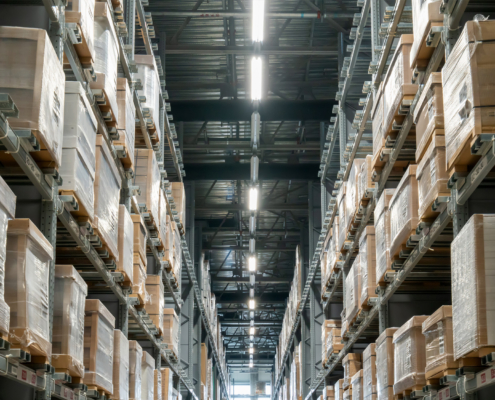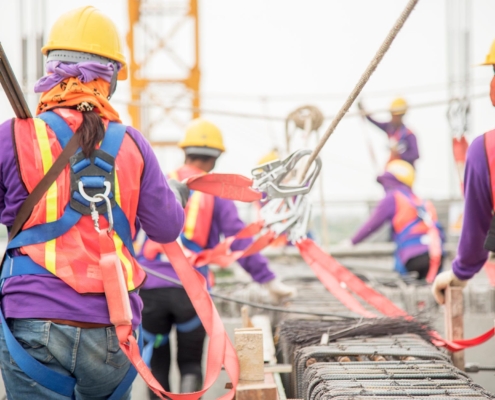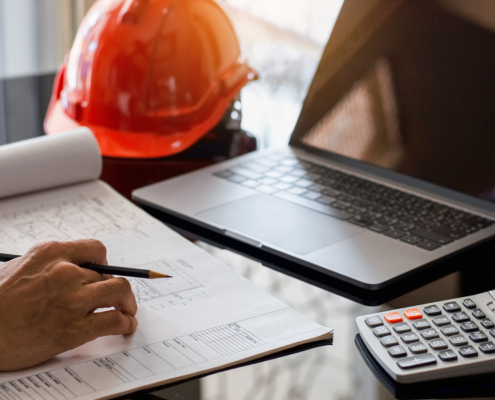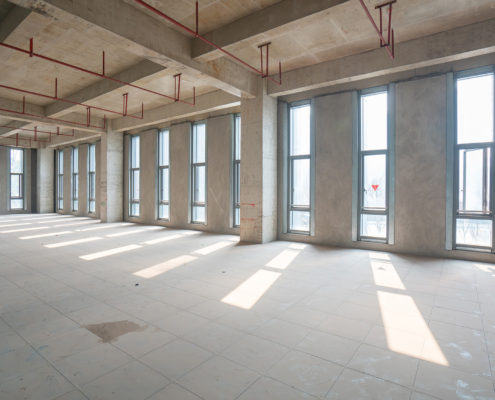The Best Construction Safety Tips to Abide By
When it comes to any new construction project, safety is essential. With the high-risk nature of the work involved, emphasizing the health and well-being of those onsite prevents accidentsand ensures a more efficient project flow. However, achieving a high level of safety is not just about following a checklist; it’s about establishing a culture where every worker is equally invested in a collective effort.
Keep reading to explore the key facets of construction safety, from identifying and mitigating hazards to the critical role of personal protective equipment (PPE). Rothwell Construction provides the ultimate blueprint for enhancing safety protocols on any construction site.










